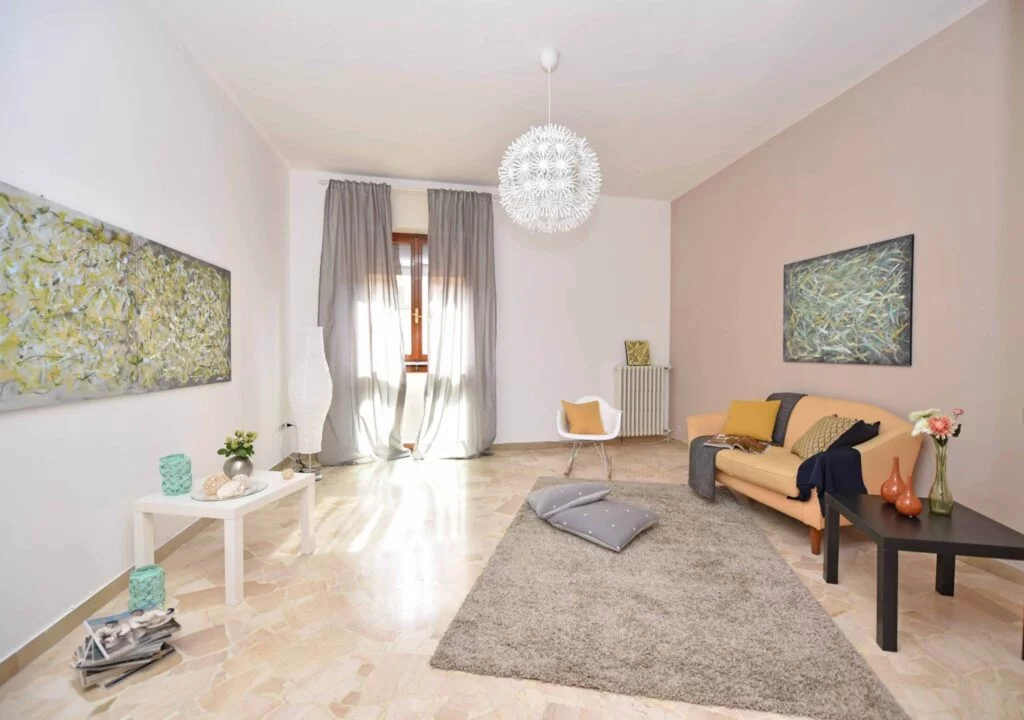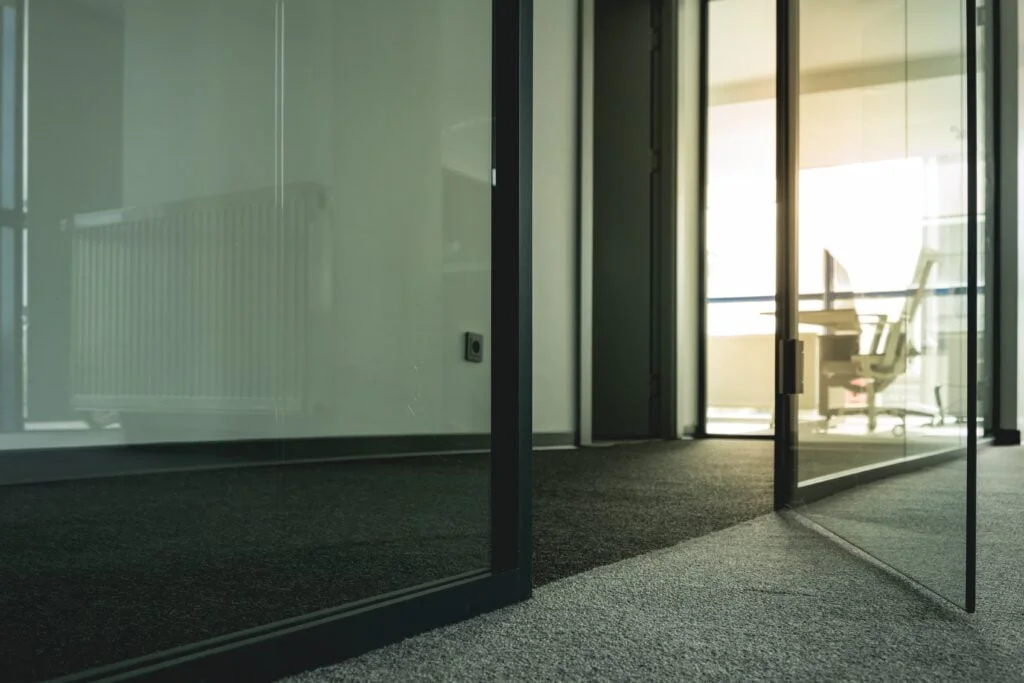Carpet tiles, commonly referred to as modular carpets or square carpets, are squares that may be assembled from wall-to-wall rolls to form a carpet. The following sizes of carpet tiles are typically offered: 48×48, 50×50, 60×60, and 96×96 cm.
Other sizes and shapes of carpet tiles, such as hexagons and triangles, are also offered by some carpet tile suppliers, but their installation is more difficult and expensive. For relatively simple installations and commercial settings like pubs and restaurants, carpet tiles are a popular flooring choice.
When wall-to-wall carpet is not an option, carpet tiles can be used instead since they are easy to install, need little care, and have many of the same benefits as wall-to-wall carpet in terms of fostering a cozy, healthy interior atmosphere. The following four crucial considerations should be made while choosing carpet tiles for your upcoming project.

1. Carpet tiles equals cost and time savings
When compared to wall-to-wall carpets, carpet tiles are more easier to lift, move, and install due to their smaller size. One of the key advantages of carpet tiles over other kinds of carpet is that.
Carpet tiles also often require less cutting during installation, which means less waste is produced, especially in spaces with numerous nooks and unusual angles. To make things even simpler for carpet installers, certain manufacturers also provide extremely lightweight carpet tiles.
For these reasons, carpet tiles are far less expensive and take less time to install than wall-to-wall carpet, making them the perfect option for projects with limited resources or time constraints.
2. Carpet squares are easy to remove and replace
Not only are carpet tiles simple to install, but they are also simple to take off. Instead of having to replace the entire floor, the carpet tiles can easily be replaced individually if wear and damage do occur.
Wall-to-wall carpets can also be spot-repaired, but the procedure is frequently much more difficult than with carpet tiles, both in terms of ordering a matching section of carpet and in terms of the knowledge of fitting that is necessary.
The ease with which the squares can be lifted to gain access to the subfloor for maintaining carpet tiles is another benefit. This ensures that technicians may access underground wires as necessary, which is a huge advantage in spaces that are continuously changing, such conference rooms and flexible workplaces.
3. Carpet tiles give you great design flexibility
Carpet tiles can be more creatively flexible than wall-to-wall carpeting in several aspects. In contrast to wall-to-wall carpets, carpet tiles can now be dyed in a variety of colors and designs thanks to modern dyeing techniques. It is feasible to obtain perfect design registration over both borders of each tile by adding dye after the carpet is cut into modular carpet squares. As a result, a design flows virtually seamlessly from tile to tile.
Similar to wall-to-wall carpet, carpet squares can be custom colored or decorated to create one-of-a-kind spaces that are only limited by the imagination of the designer. Wall-to-wall flooring is still likely to be your best option for special or intricate bespoke designs, but thanks to new technology, carpet tiles no longer have to have a boxy appearance.
4. Ambient advantages of carpet tiles
With the added benefit that their layered structure absorbs even more structure-borne sound than wall-to-wall carpets, carpet tiles today offer all the warmth, comfort, acoustic qualities, health benefits, and safety advantages of wall-to-wall carpets. This results in a noticeable improvement in sound levels even in large open plan office environments, call centers, crowded bars, or busy restaurants.
However, carpet tiles don’t have the extra plush backing option, which may not affect acoustics but will affect the tactile feel underfoot that may be required in some high-end projects.
All in all, practically every business and institutional setting can benefit greatly from the use of carpet tiles. While wall-to-wall carpeting continues to be the best option for large-scale patterning and creating an opulent atmosphere, carpet tiles are a more affordable solution in almost all other situations and offer a greater degree of design freedom than any other non-carpet flooring option.
We hope that this blog post has given you a better understanding of carpet tiles and how to use them in design projects where time and money are limited.
Carpet tiles tips from our interior designer:
Different arrangements of carpet tiles can be installed to produce various effects. For example, solid color carpet tiles can be utilized to separate break-out areas from circulation areas. Changes in carpet tile color or pattern can be utilized to direct people in the right direction, such as when directing them to the ticket windows’ line-up areas.
In addition, depending on the intended outcome, the seams between carpet tiles can be either hidden or highlighted. A single flooring project can use carpet tiles of various sizes to provide a variety of effects.
Part of what makes carpet tiles such a fantastic creative tool for any imaginative architect and interior designer is their modularity. Never compromise on quality by ordering carpet tile samples from any carpet retailer that is worth their salt. This will allow you to experiment with various sizes, shapes, and colors.
To see other material construction, please see here.
To know other construction guides, tips, and methodology for beginners, veterans, and contractors, please see here.

